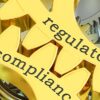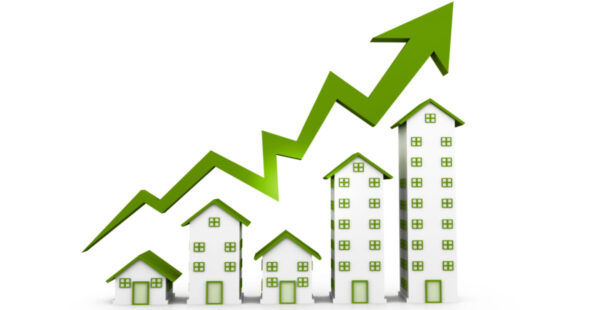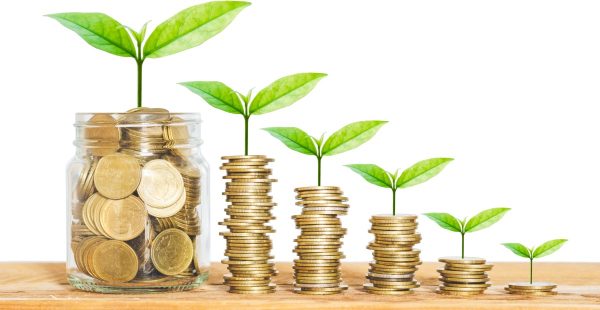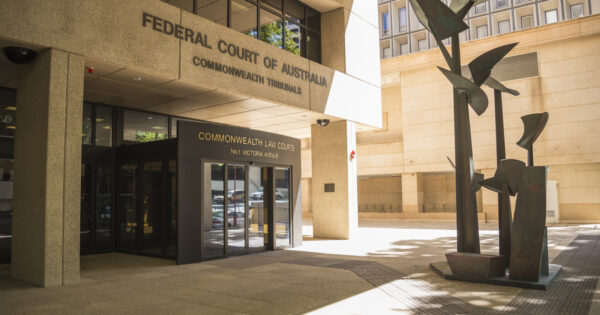Mortgage stress falls as Stage 3 tax cuts ease household strain: Roy Morgan

The rate of home loan holders ‘at risk’ of mortgage stress has dropped by 50 basis points between June and July this year, with stress rates predicted to fall further over the next three months, the latest modelling from consumer researcher Roy Morgan reveals.
Just over 1.6 million mortgage holders (29.8%) were identified as being ‘at risk’ of mortgage stress in the three months to July 2024, with Stage 3 tax cuts giving millions of Australian households an income boost, and ultimately easing levels of mortgage stress, according to the researcher.
This figure is forecast to fall to 29.5% (representing 1.59 million mortgage holders) in August, factoring in the impact of Stage 3 tax cuts.
By September, the number of mortgage holders expected to be rated ‘at risk’ is forecast to fall by a more modest 0.1% (a reduction of 4,000 from the current 1,600,000, even if the mortgage holders even if the RBA raises interest rates in September.
There is, however, a potential caveat to the predicted easing of mortgage stress: should the Reserve Bank board opt to raise interest rates at its next meeting in September “a reduction in mortgage stress will not happen”, the researcher said.
Indeed, should the target cash rate increase in the September meeting, the number of mortgage holders predicted to be ‘at risk’ in October will jump by more than 15,000 on current figures (representing 30.1% of mortgage holders).
Mortgage stress rates remain at a 14-year high, with the data showing that ‘at risk’ rates have increased by 797,000 since May 2022, when the RBA began a cycle of interest rate increases (a record high of 35.6% mortgage stress rate was hit in mid-2008).
What is more, the number of mortgage holders considered ‘extremely at risk’ totals 982,000 (representing 18.9% of mortgage holders) – significantly above the 10-year average of 14.5%.
Mortgage holders are considered ‘at risk’ if their mortgage repayments are greater than 25% to 45% (depending on income and spending) of their income – depending on income and spending; those rated as ‘extremely at risk’ would have a significant portion of their income able to service only the interest on their mortgage payments.
Official interest rates are now at 4.35%, the highest interest rates have been since December 2011, over a decade ago, climbing steadily from the 0.10% rate of early March 2022.
The target cash rate has sat at 4.35% since November 2023.
“The latest figures show that when considering mortgage stress, it is important to appreciate that interest rates are only one of the variables that determines whether a mortgage holder is considered ‘At Risk’,” said Roy Morgan chief executive Michele Levine.
“The Stage 3 income tax cuts are delivering significant financial relief, and a boost to take-home pay, for millions of Australian taxpayers – including many mortgage holders.”
Levine added: “As these figures show, the variable with the largest impact on whether a borrower falls into the ‘At Risk’ category is related to household income – which is directly related to employment. The employment market has been strong over the last year (the latest Roy Morgan estimates show 375,000 new jobs created compared to a year ago) and this has provided support to household incomes which have helped to moderate levels of mortgage stress since the highs of early 2024.”











So someone in India who isn't licensed provided personalised financial advice and ASIC's response is to tell them to be…
Seeking Regulatory relief from Regulation. Industry Super Funds want to control $1.6 Trillion $$$ and ever growing with almost zero…
If Kalkine has officially been released and operates under a legitimate license to provide general advice, it raises an important…
Not sure what they're seeking regulatory relief from. In my view is they get tickled with a warm lettuce leaf…
Will they ever be named & shamed, fined and banned for life ??? Unlikely hey ASIC & APRA, especially for…